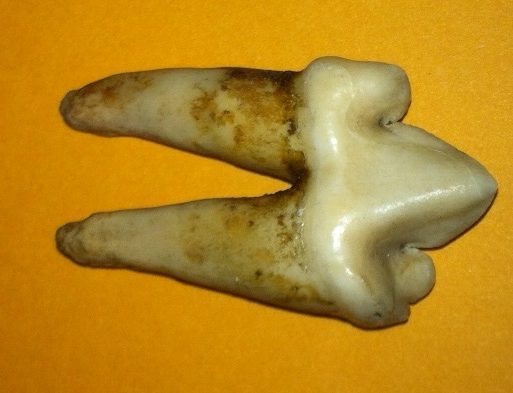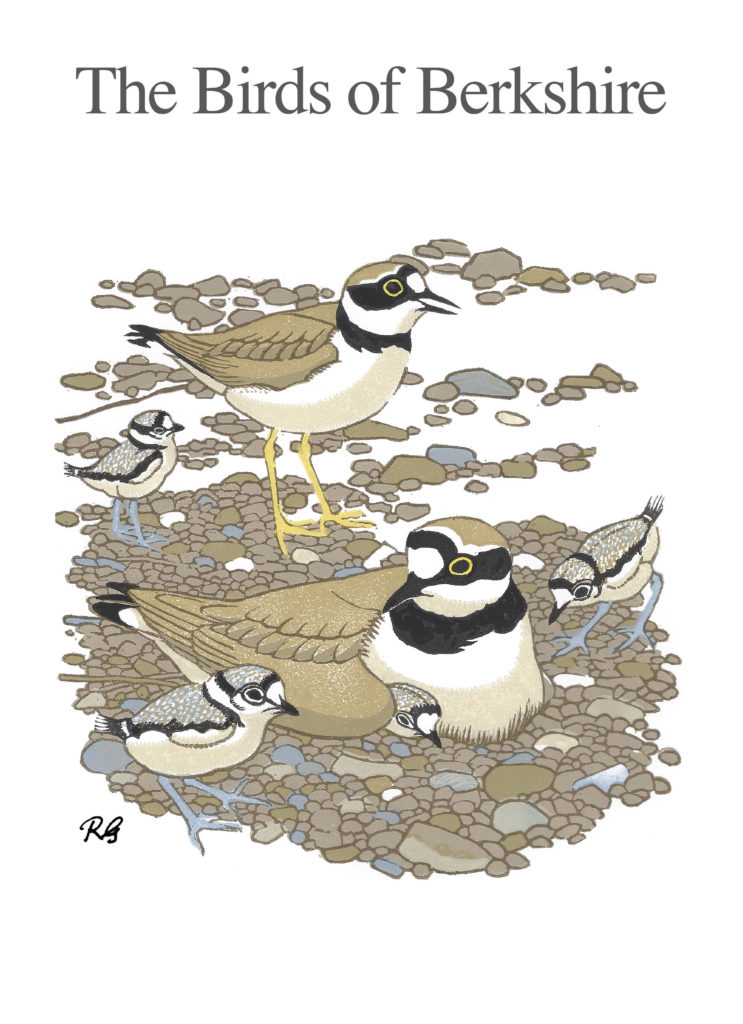Residents may have noticed the distinctive silhouettes of large birds of prey gliding slowly overhead in recent months. Supremely graceful, these fork-tailed raptors are Red Kites, and they are part of our heritage in the UK and a real success story in conservation work.
In the Natural History Museum in South Meadow Lane we have a very fine specimen of a green parrot from New Zealand, called a Kakapo. Once, Kakapos were widespread in New Zealand. For years they had no predators, but that all changed when European settlers arrived in the eighteenth century. With the introduction of species from the UK, such as cats, rats, ferrets and stoats, this flightless parrot was soon under threat. Now, critically endangered, there are only 126 left in the wild.
Similarly, Red Kites used to be super-abundant in medieval towns and played a vital role living on human waste and keeping the streets clear of carrion and rotting food. They even featured in Shakespeare: he mentions their annoying habit of stealing linen from the washing line for nesting material! Persecuted over the centuries, Red Kite numbers went into a terminal decline and they were extinct in England and Scotland by the 1880s. By the late twentieth century, only a few breeding pairs remained in Wales and all seemed lost.
However, successful reintroductions of birds, mostly from Sweden and Spain, have led to a rapid rise in numbers, so much so that they were named as ‘Bird of the Century’ by the British Trust for Ornithology. For example, some birds were released in the Chilterns in 1989, and these, and numerous other introductions, have formed breeding populations and spread steadily over the last 15 years. They still feed off carrion and frequently, these days, road-kill. They are a lasting reminder that we can, through conservation, reverse the trends of centuries if we really try!
George Fussey
Curator



